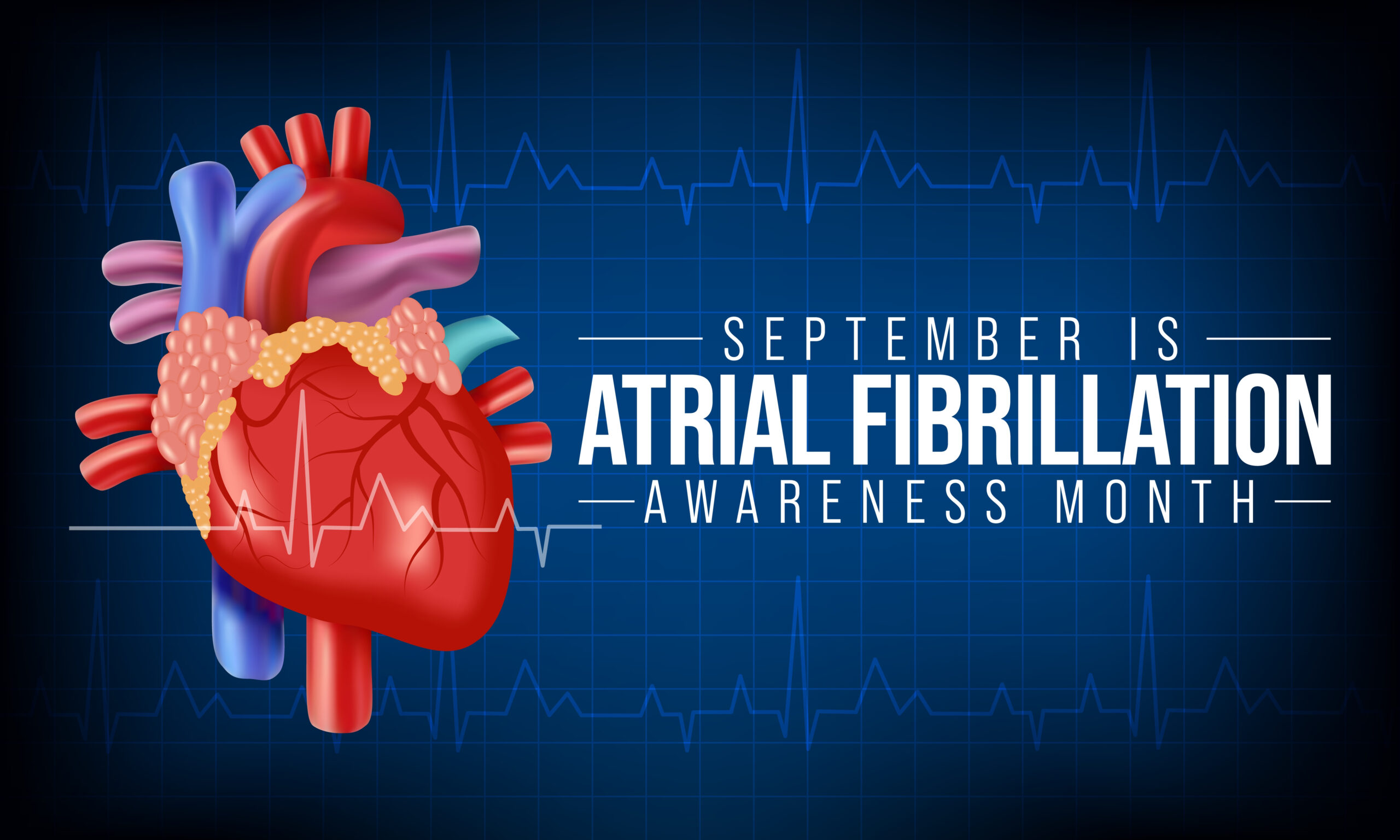
Clinical follow-up using artificial intelligence-generated voice technology can help identify complications in patients following transcatheter aortic valve implantation (TAVI) with a high degree of patient satisfaction, according to research presented at ESC Congress 2024.
Study author Dr. Marta Herrero Brocal from the Dr. Balmis General University Hospital of Alicante, Spain said: “Aortic valve stenosis is common, especially in the ageing population. It can be treated with surgery or with TAVI, a less invasive procedure. Complications may occur after TAVI, especially within the first month, but due to a lack of resources, many hospitals are not able to provide the intense follow-up needed after patient discharge. Based on artificial intelligence and natural language processing, a new application was developed for the virtual voice assistant, ‘LOLA’, which is able to make more than 40 phone calls in 2 hours, allowing us to gather follow-up information and act accordingly. Results from the TeleTAVI study indicate that we can provide excellent care virtually, without substantially increasing resources.”
The design of TeleTAVI was a prospective, observational, single-center study comprised of 274 patients (mean age, 81, 49.3% women) who were contacted by the virtual voice assistant, ‘LOLA’, which is able to make more than 40 phone calls in 2 hours, enabling researchers to gather follow-up information and act accordingly. These calls were primarily related to vascular access and the patient’s cardiovascular situation. Subsequent to calling, all collated information was uploaded to a web platform where the data were monitored by healthcare professionals who acted where necessary.
The findings showed that the calls were completed in 94% of cases, with the degree of adherence above 85% throughout the follow-up period. The patient answered in 89% of calls, with 11% answered by family members or caregivers, the researchers noted.
No alerts were detected in 44% of calls, eliminating the need for review. Among the remaining calls, there were 926 alerts resulting in at least one intervention in 57% of the calls. The researchers observed that the number of alerts decreased as follow-up progressed. Moreover, the virtual voice assistant facilitated rapid patient discharge. Knowing that automated close follow-up was available, 40.1% of patients were able to be discharged within 24 hours of the procedure and 32.9% between 24 and 48 hours, according to the researchers.
Overall, people had a positive response to the virtual system, with 89% of patients reported good or very good satisfaction. In total, 86% of patients said that they would recommend the use of LOLA. Dr. Herrero Brocal concluded: “The TeleTAVI study found that follow-up with a virtual voice assistant enabled safe and early discharge after TAVI, with a low complication rate and without increasing the burden on healthcare resources. Patients know that behind LOLA is a doctor or a nurse so they are very happy to speak to it, as reflected in our high patient satisfaction rates.”







 © 2025 Mashup Media, LLC, a Formedics Property. All Rights Reserved.
© 2025 Mashup Media, LLC, a Formedics Property. All Rights Reserved.